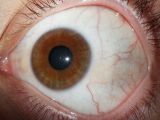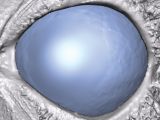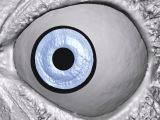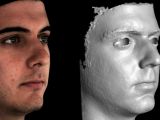Perhaps it is rather harsh to say that Disney animators haven't been able to render eyes properly, but Disney itself more or less admitted to it when it announced its latest advancement in this area.
Depending on whom you ask, the eyes can be the hardest or one of the easiest things to draw on paper or sculpt from clay, stone or whatever other material happens to be at hand.
Graphic and 3D animation artists have gained quite a bit of experience in producing virtual representations of eyes.
It was necessary if CGI films were to have any success. Especially with how many of our emotions are expressed through or with the help of our eyes.
Video designers have been doing a decent job of simulating eyes on screen, but the reality behind the special effects is that the complexity of our ocular organs was never fully captured.
This still hasn't changed, at least not completely. However, Disney claims that it has found a way to truly replicate the realism of human eyes.
3D design and printing enabled realistic human eyes
Last year at SIGGRAPH 2013, Disney first revealed 3D printed eyes for animated characters. That design breakthrough proved to be quite a boon in movie special effects and stop motion pictures.
Now, the film studio has revealed a process that will capture the realism of human eyes and product simulations indistinguishable from the original.
The success comes from Disney Research Zurich and ETH Zurich, and it has been detailed in the paper titled “High Quality Capture of Human Eyes,” presented at SIGGRAPH ASIA 2014. Derek Bradley, Maurizio Nitti, Thabo Beeler, and Markus Gross are just a few of the members of the team behind the breakthrough.
With the help of 3D printing technology, the eye's textures, coloring and veins were fully captured, or close enough. Doubles of a real person will look a lot more realistic on the big and small screen alike.
How the eyes were “captured”
The team asked six volunteers to lie on the floor wearing headsets and shift between eleven different poses. Six cameras were constantly focused on the irises, using colored LEDs and different brightness levels to cause changes in the corneas.
The images were later combined to simulate the realistic eye movement. Skin was then reconstructed using a 3D printing facial scanning system.
With all the advancements in dynamic and locational lighting technologies from NVIDIA and AMD, having eyes and irises that respond accurately to light changes is more important than ever. The video below illustrates everything.
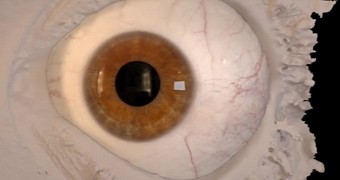
 14 DAY TRIAL //
14 DAY TRIAL // 

